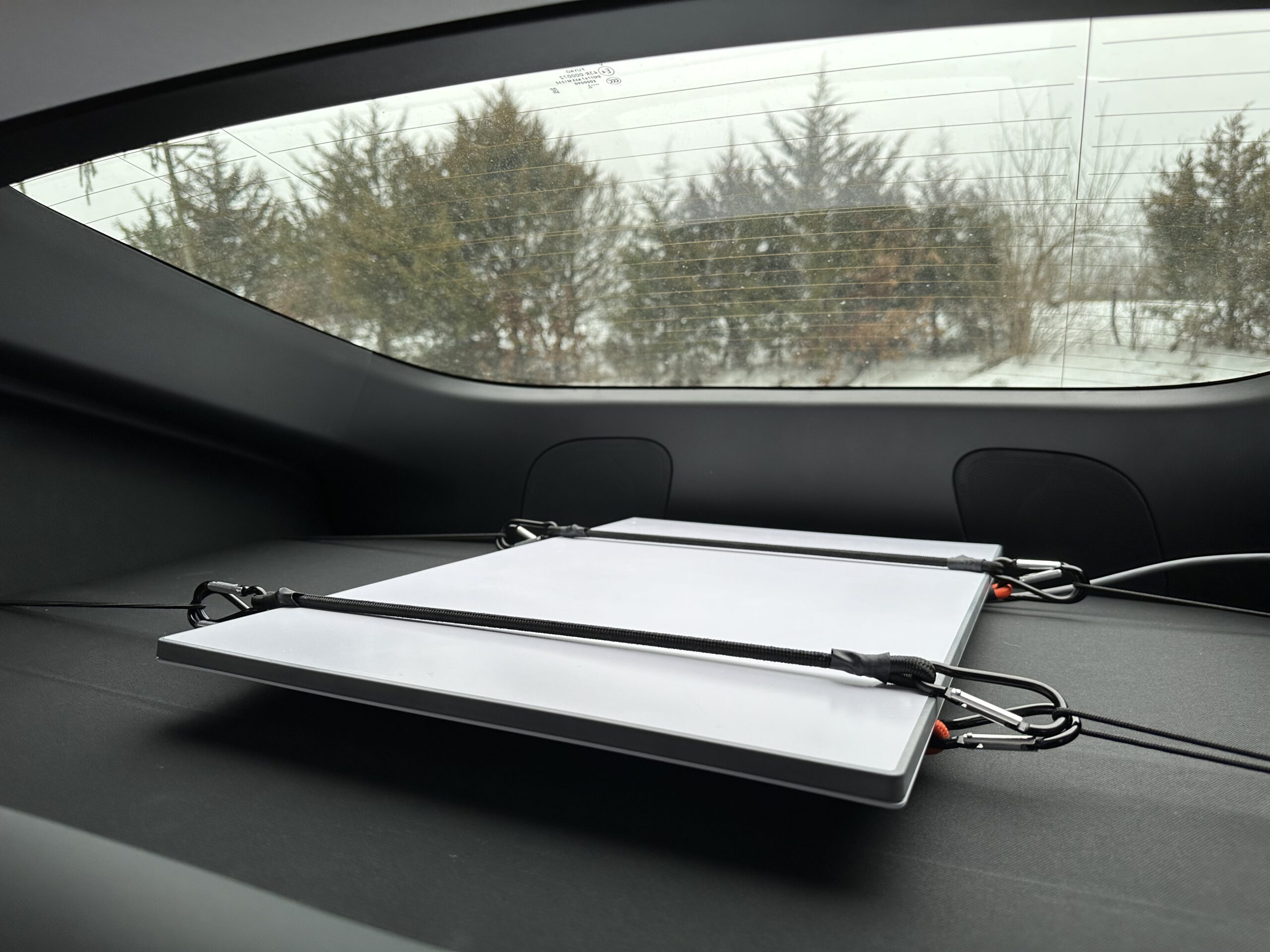Are you having trouble disabling it?Hi all. Most probably not the right thread to ask but I'll still ask : I have had the Starlink service for the past year (rectangle dish and router without regular ethernet cabling (i.e. it's using Starlink specific cabling and connectors) and it works well. I'd like to know if any off you have had success in disabling wifi while using the ethernet adaptor? I looked at Reddit and found a few threads but nothing helped me on that front.
If there is a better place for this thread, please relocate my question there.
Thanks
I use the adapter and a third party WiFi AP but left the Starlink one active also.
Only takes one slider to disable it though...






